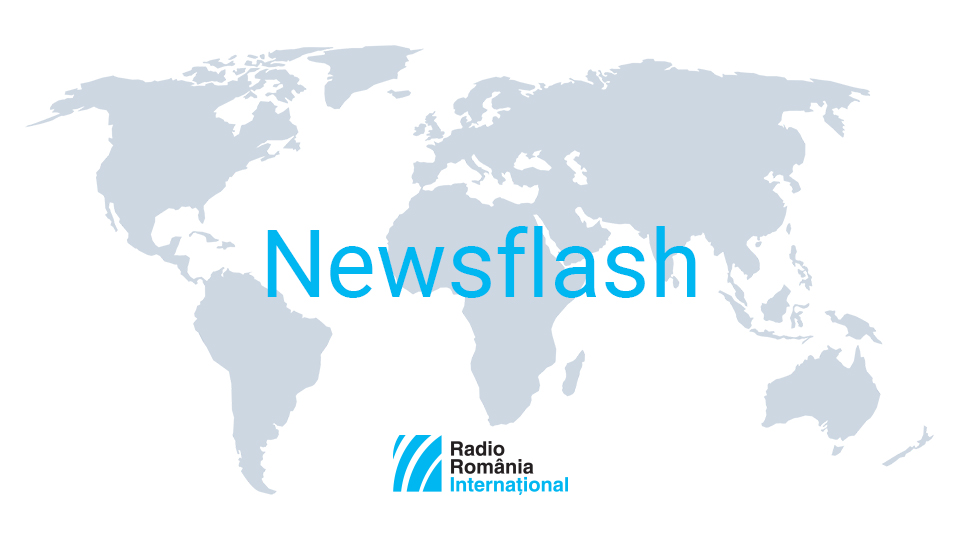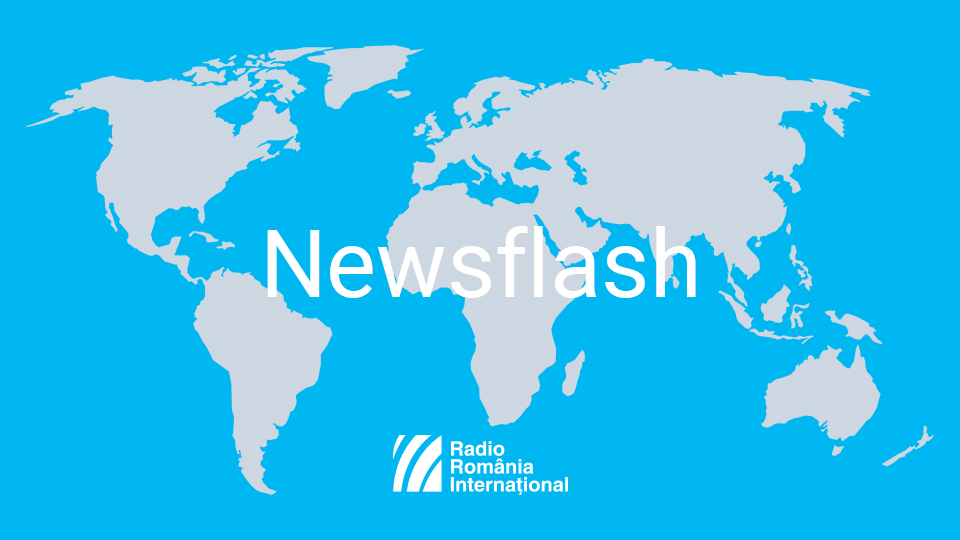February 4, 2016 UPDATE
Click here for an update on domestic and international news
Warning: Trying to access array offset on null in /home/web/rri.ro/public/wp-content/themes/rri/template-parts/content.php on line 53

Warning: Trying to access array offset on null in /home/web/rri.ro/public/wp-content/themes/rri/template-parts/content.php on line 98
Newsroom,
04.02.2016, 12:15
Romania’s economic growth is to reach a peak rate of 4.2% in 2016 while in 2017 it will drop to 3.7%, show the winter economic forecasts made public on Thursday by the European Commission. In autumn the EC forecast a growth rate of 4.1% in 2016 and of 3.6% in 2017. According to estimates the engine behind economic growth remains internal demand while the net contribution of exports remains negative. Also the reduction of the VAT from 24% to 20% in January and the increase in the minimum wages in May will boost consumption and push economic growth to 4.2% in 2016. The World Bank has also improved forecasts for the Romanian economy in 2016. According to them the economic growth rate in 2016 will increase by 3.9% and up to 4.1% in 2017.
The head of the Romanian presidential chancellery, Dan Mihalache, and Romanian Ambassador to the US, George Cristian Maior, met on Wednesday James Townsend, the Deputy Assistant Secretary of Defense for NATO and Europe. They saluted the plan issued by the US presidency to boost fourfold the budget for defending Europe in 2017. Romanian officials believe that this is a reflection of ongoing efforts to discourage eastern threats by bolstering alliance security.
The Romanian Defense Minister, Mihnea Motoc, takes part on Thursday and Friday in the informal meeting of defense ministers of EU countries, to discuss major points on the defense and security agenda. The Ministry of Defense in Bucharest said that the meeting would emphasize cooperation in running defense missions and operations. Taking part in the talks are also the NATO Deputy Secretary General, Alexander Vershbow, and the UN under-secretary-general for peacekeeping operations, Herve Ladsous.
In Bucharest, the National Center for Communicable Disease Monitoring and Control announced that a 38 year-old man has died from swine flu in Bucharest. This is the first fatal swine flu case this year. The victim had not received any flu shots, and died of complications due to various other conditions. The National Health Ministry published data according to which 72 patients with flu have been confirmed within the last week alone. So far, 563,000 people have been vaccinated. Swine flu has killed over 150 people in Ukraine so far.
The British PM, David Cameron, said Thursday in London, at the end of the international donors’ conference that the countries and organizations attending the conference pledged to contribute almost 11 billion dollars by 2020 to aid the victims of the Syrian war. The EU has pledged to contribute more than 3 billion euros in 2016 to support Syria, Jordan, Lebanon and Turkey. These are countries affected by the refugee crisis caused by the Syrian civil war. The US promised 890 million dollars worth of aid for Syria and its neighbors in 2016. Germany will provide help worth 2.3 billion euros in the next 3 years of which 1.1 billion in 2016, while Great Britain promised to contribute 1.7 billion dollars. The conference in London takes place against the backdrop of accusations made by the US and France according to which Russia and the regime in Damascus, supported by Moscow, undermine the peace process through the offensive launched in the Aleppo area in northern Syria. In another development, the negotiations in Geneva between the regime of Bashar al-Assad and the Syrian opposition, mediated by the UN envoy Staffan de Mistura, have been suspended. The opposition representatives say they will not negotiate unless the government in Damascus puts an end to bombardments in the civilian areas and releases prisoners. Started in March 2011 through peaceful manifestations against the Bashar al-Assad regime, the Syrian conflict has so far killed more than 260,000 people and has caused a major humanitarian crisis in Syria, as many as 13.5 million people having become vulnerable or forced into exodus.
UNESCO holds Friday in Paris an international conference devoted to increasing security measures for journalists worldwide. On Thursday, in Brussels, the International Federation of Journalists published its annual report which shows that almost 2,300 journalists and media professionals have been killed since 1990 all over the world, of whom 112 in 2015 alone. After the terrorist attack on the headquarters of the satirical weekly magazine Charlie Hebdo, France has the biggest number of journalists killed in 2015, namely 10, alongside Iraq and Yemen, according to an International Federation of Journalists classification. The most devastating year for media professionals remains 2006, when 155 journalists were killed, the report shows. The most dangerous countries for practicing the profession of journalist in the past 25 years have been Iraq, the Philippines, Pakistan, Russia, Algeria, India, Somalia, Syria and Brazil. (news translated by Lacramioara Simion)




























